The sacred shrine of Mata Vaishno Devi, nestled in the Trikuta Mountains of the Indian state of Jammu and Kashmir, holds a special place in the hearts of millions of devotees. The history of the Mata Vaishno Devi Temple is steeped in mythology and legends that trace back centuries, creating a tapestry of faith and devotion.
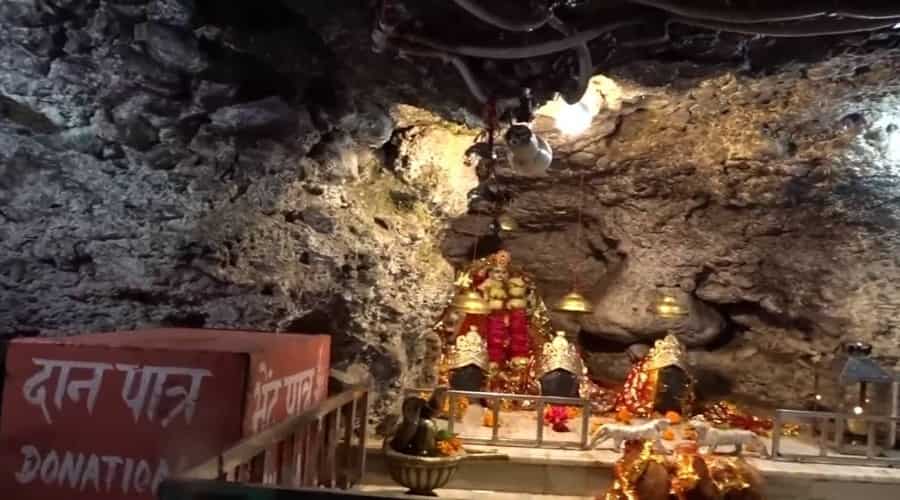
Mythology
The origin of Mata Vaishno Devi is deeply rooted in Hindu mythology. According to the legend, the goddess was born in the Southern part of India as a young girl named Vaishnavi. She was an ardent devotee of Lord Vishnu and, from a young age, displayed an unwavering commitment to her faith.
As the story goes, Vaishnavi was born to a sage named Ratnakar and was discovered in the wilderness by him. Despite being an ascetic, Ratnakar, overwhelmed by the divine aura of the child, decided to adopt her as his own. As Vaishnavi grew, her devotion to Lord Vishnu intensified, and she expressed her desire to marry him.
Lord Rama, an incarnation of Vishnu, came across Vaishnavi during his search for his abducted wife Sita. Impressed by her devotion, he promised to return and marry her after completing his mission. However, on his return, he found Vaishnavi deep in meditation and realized that she had recognized him as an incarnation of Lord Vishnu.
Understanding her commitment, Lord Rama advised her to meditate in the Trikuta Mountains, assuring her that he would return in Kali Yuga to fulfill her wish. Vaishnavi, now known as Mata Vaishno Devi, followed his advice and began her penance in the caves of Trikuta.
Legends
The journey of Mata Vaishno Devi is incomplete without the legends associated with her. One prominent tale is about the demon Bhairon Nath, who became enamored with Vaishno Devi’s beauty and sought to marry her. However, Vaishno Devi, committed to her penance, fled to escape his advances.
Bhairon Nath relentlessly pursued her through the rugged terrains of the Trikuta Mountains. Despite Vaishno Devi’s attempts to elude him, he persisted. In her desperation, she reached the cave known as the Holy Cave of Mata Vaishno Devi, where she transformed herself into a powerful goddess.
It is believed that Mata Vaishno Devi, in her divine form, beheaded Bhairon Nath just outside the cave. Realizing his mistake and seeking forgiveness, Bhairon Nath’s soul merged with the goddess, and he attained salvation.
The journey of Mata Vaishno Devi is commemorated through the pilgrimage that millions undertake to reach the Holy Cave. Pilgrims believe that the goddess herself calls them, and only those who are destined to reach her abode can complete the challenging trek.
Historical Significance
The historical records of the Mata Vaishno Devi Temple are not as well-documented as its mythology and legends. However, the temple’s existence can be traced back several centuries. It is believed that the Pandavas, from the Indian epic Mahabharata, were among the first to visit the Holy Cave and pay homage to Mata Vaishno Devi during their exile.
Over time, the pilgrimage to the shrine gained popularity, and the temple complex evolved. The existing structure of the temple is relatively modern, with several renovations and additions made over the years. The Shrine Board, constituted by the Government of Jammu and Kashmir, manages the temple and oversees its administration.
The temple complex includes the Holy Cave, dedicated to Mata Vaishno Devi, as well as other shrines dedicated to various deities. The entire journey covers a trek of approximately 13 kilometers, starting from Katra, a town at the base of the Trikuta Mountains.
Pilgrimage and Rituals
The pilgrimage to Mata Vaishno Devi Temple is considered one of the holiest in Hinduism. Devotees from across the country and around the world undertake the challenging trek to seek the blessings of the goddess. The pilgrimage season is particularly vibrant during the festival of Navratri, a nine-night celebration dedicated to the divine feminine.
The journey begins in Katra, where pilgrims register and start the trek. The trek takes them through the scenic landscapes of the Trikuta Mountains, with various stops and viewpoints along the way. The final destination is the Holy Cave, where devotees offer prayers and witness the naturally occurring rock formations that are considered symbolic of the goddess.
The rituals at the temple involve the traditional aarti (prayer) and the distribution of Prasad (holy offerings). The atmosphere is filled with the sounds of bhajans (devotional songs) and the collective chants of “Jai Mata Di” (Victory to Mother Goddess), creating an aura of spiritual fervor.
Conclusion
The history of the Mata Vaishno Devi Temple is a blend of mythology, legends, and historical significance. The journey of the goddess, from a young devotee named Vaishnavi to the powerful deity Mata Vaishno Devi, symbolizes unwavering faith and devotion.
The temple continues to attract millions of pilgrims each year, creating a cultural and spiritual tapestry that transcends time. The legends associated with Mata Vaishno Devi and the challenges faced by devotees during the pilgrimage add layers of significance to this sacred site.
As the story of Mata Vaishno Devi endures, the temple stands not only as a physical structure but as a testament to the enduring power of faith and the timeless connection between the divine and the devoted.

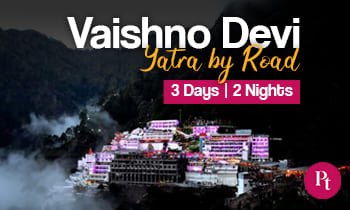

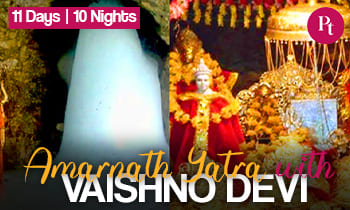
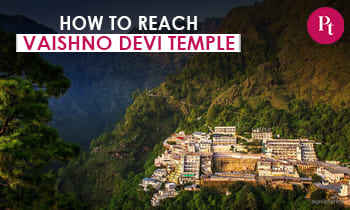
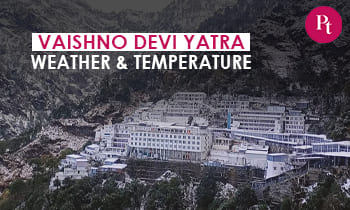

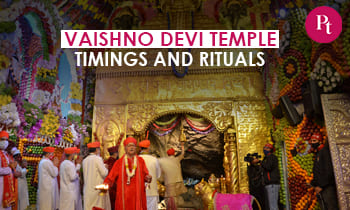
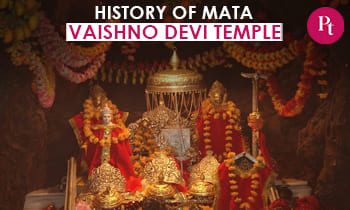

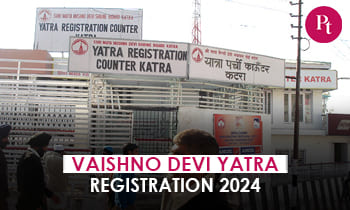
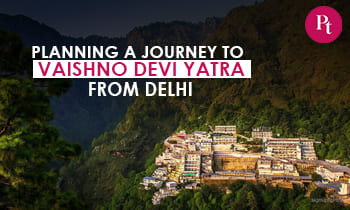

 Call
Call WhatsApp
WhatsApp Enquiry
Enquiry
shrine board established